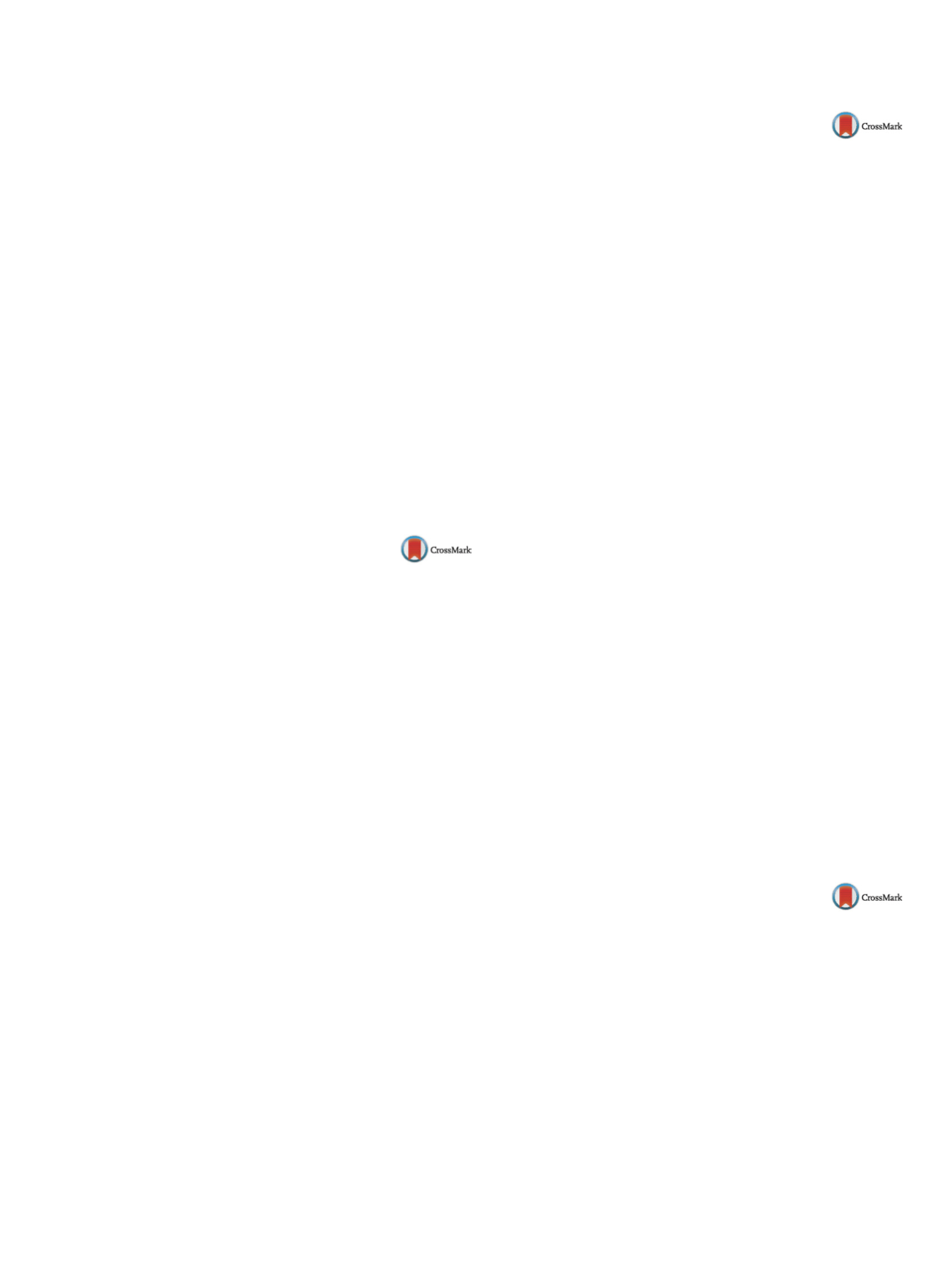

25th European Congress of Psychiatry / European Psychiatry 41S (2017) S645–S709
S675
was indicated in the medical file without any specific treatment. At
the admission she received risperidone 4mg/day and duloxetine
since one year. Between October 2015 and June 2016, the patient
presented 19 episodes of respiratory decompensation, six of them
required transfer in the emergency unit, and 3 in the intensive care
unit (ICU) with the assistance of mechanical ventilation. During
the last episode, transfer in the intensive care unit was refused
by the ICU physician because of the high frequency of recurrence
and the difficulty to extube the patient. “End of life” was there-
fore considered. Nevertheless, medical physician in charge of the
patient decided to continue symptomatic treatment and to stop
all anti-psychotic drugs susceptible to deteriorate respiratory dis-
ease. On the first day we observed a dramatic improvement and
no recurrence occurred since now 3 months without any treat-
ment. Between the admission and the occurrence of respiratory
decompensation, hypereosinophilia (1610/mL) was observed with
recovery in normal value after interruption of risperidone. We also
noted an improvement of functional respiratory test. In conclusion,
risperidone is an anti-psychotic drug largely used. Severe side effect
may endanger life-threatening as described in this case. The recur-
rence of severe acute respiratory distress without induced factors
founded needs to discuss the potential role of this drug.
Disclosure of interest
The authors have not supplied their decla-
ration of competing interest.
http://dx.doi.org/10.1016/j.eurpsy.2017.01.1160EV0831
Social phobia and co-morbid
states-diagnostics and importance
S. Anakiev
1 ,∗
, G. Tasic
21
Special Hospital for Psychiatric Disease, Male admission
department, Gornja Toponica, Serbia
2
Special Hospital for Psychiatric Disease, Department for
Psycho-social rehabilitation treatment, Gornja Toponica, Serbia
∗
Corresponding author.
Introduction
The roots of social phobia, lay in the social nature of
human beings who fulfil their basic needs in social relations. By the
definition, it is the fear of witnessing the negative judgement and
the criticism of other people, which is so intense that, is followed
by reactions of avoidance of phobic situations and doings, followed
by intense vegetative symptoms.
Aim
Introduce social phobia as an important social and medi-
cal problem with common co-morbidity and exceptional risk of
suicide. At the same time it gives special accent to the diagnostic
procedures and differential diagnosis.
Method
Analysis of the information from literature and practice
and coming to conclusions with the inductive method.
Results
Social phobia is a chronicle illness, equally present in
both sexes. The central position is taken by all-the-time present
intense irrational fear. Alcoholism, misuse of sedatives, depression,
and panic with agoraphobia, OCD are common followers of social
phobia. Differential diagnosis witch eliminates panic with agora-
phobia, or just the lack of social skills allows the right therapeutic
approach.
Conclusion
Social phobia, alone or combined with other disor-
ders, has a huge medical and social value. Coming back to regular
life tracks depends on the right diagnosis and the right time to go
into the healing process.
Disclosure of interest
The authors have not supplied their decla-
ration of competing interest.
http://dx.doi.org/10.1016/j.eurpsy.2017.01.1161EV0832
Postnatal depression: Can visual
media and dramatisation of a young
woman’s experiences, enable student
health care professionals develop
knowledge to enhance clinical
practice skills?
A. Lyons
∗
, S. Church
London South Bank University, School of Health and Social Care,
London, United Kingdom
∗
Corresponding author.
Introduction
Since the presentation of the symptoms of postnatal
depression (PND) can vary; healthcare professionals must receive
the appropriate level of training to develop the knowledge required
for the effective assessment and referral of women. Yet, health-
care professionals may have limited knowledge in perinatal mental
health and students may lack practice opportunities to develop the
knowledge and clinical skills. For these reasons, the use of alterna-
tive learning resources within perinatal mental health education is
vital.
Objectives
To explore the use of visual media in perinatal mental
health education.
Aims
Against the background of increasing concerns about the
ability of professionals to assess women with PND, this paper
will consider how using dramatisation as a teaching approach can
enable students to develop their knowledge and guide clinical skill
development.
Methods
Three separate groups of senior student midwives and
health visitors were asked to evaluate a dramatisation developed
from women’s lived experience of PND. Pre and post verbal evalu-
ation of the drama were undertaken with the use of focus groups
guided by semi-structured questions. Ethical approval was granted
by the university.
Results
Following thematic analysis three issues were identified:
–the role of the healthcare professional;
–improvements needed in care;
–issues of education and training.
Conclusions
Against the background of limited placement expe-
rience and opportunity for assessment of PND, the use of visual
media can improve student healthcare professionals’ learning;with
the use of structured facilitation, there is a great potential for mul-
tidisciplinary learning.
Disclosure of interest
The authors have not supplied their decla-
ration of competing interest.
http://dx.doi.org/10.1016/j.eurpsy.2017.01.1162EV0833
Depression and anxiety among
Tunisian medical students “binge
viewers”
M. Boudali , M. Hamza , S. Bourgou , L. Jouini
∗
, F. Charfi ,
A. Belhadj
Hopital Mongi Slim, Child Psychiatry, Tunis, Tunisia
∗
Corresponding author.
Introduction
Since the advent of online streaming television, a
new behavioural phenomenon have emerged among millennial,
named “binge watching” that is viewing more than two episodes
of a TV show in the same sitting. Whether or not this behaviour
reflects emotional difficulties has been poorly studied.
Aims
Describe the phenomenon and search a possible link with
depression and anxiety.
Methods
Fifty medical students were recruited. A questionnaire
exploring the circumstances, the purpose and the outcome of the
binge viewing was fulfilled. The Beck depressive inventory and the


















